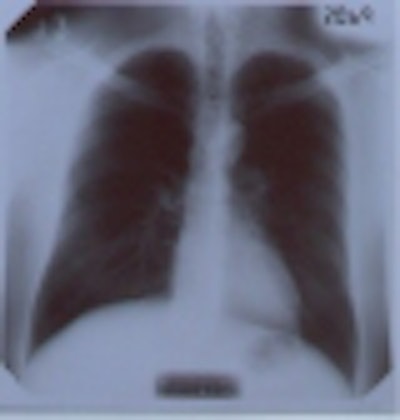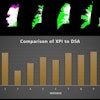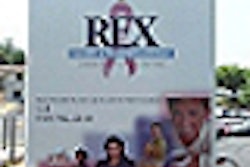
In the general U.S. population, the rate of tuberculosis infection has been declining. But there is one area where TB is still a major problem: correctional facilities remain one of the last strongholds of the disease. With over 130,000 infected inmates released each year into the community, a reliable TB screening system is mandatory. Researchers from Tennessee judged the cost-effectiveness of miniature chest x-ray screening for TB in jails.
"Most jails and prisons perform tuberculin skin testing (TST) to screen for tuberculosis, though this method is neither sensitive nor specific for active disease. The availability of new high-speed, low-dose miniature chest radiograph technology makes this a safer and more practical option," wrote Dr. Timothy Jones and Dr. William Schaffner in the American Journal of Respiratory and Critical Care Medicine. Jones is the deputy state epidemiologist for the Tennessee Department of Health in Nashville. Schaffner is at the department of preventative medicine, Vanderbilt University School of Medicine (July 2001, Vol.164:1, pp. 77-81).
Based on screening programs that are already in place in several states, including Tennessee, Illinois, and New York, the authors calculated an average total cost of $6.60 per inmate for routine screening. The equipment used for this screening was the Electrodelca (Nucletron, Veenendaal, The Netherlands) and 100-mm mini x-rays were obtained (seen above).
The cost of screening for active TB with the mini chest x-ray was set at $9,600 per case identified, compared with $32,100 per case identified through TST. Screening for symptoms of active TB through a questionnaire would cost $54,100 per case. Additionally, screening with chest x-ray was estimated to identify 0.68 cases per 1,000 inmates screened versus 0.25 cases with TST. Symptom screening questionnaire revealed 0.09 cases.
Jones told AuntMinnie.com that radiologists he spoke with for this study were "quite comfortable reading high volume [x-rays] fairly quickly for this purpose."
Dr. Earl Landau agreed with Jones. Landau is the chief radiologist for the Los Angeles County Men's Jail, where x-ray screening for TB has been in use for at least three decades.
"The image quality is very good," Landau said. "I read an average of 600 [films] a day."
The institution relies mainly on imaging for TB, resorting to regular chest radiography only if the mini x-ray reveals an abnormality, Landau said. Given the size of the prison population, administering a TST is an unwieldy process, he added, an opinion shared by Jones and Schaffner.
"[The set cost of $9,600] represents less than half of the cost of treating a single case of the disease due to drug-susceptible organism," they said. "In the setting of a high-turnover, chaotic urban jail, there is substantial evidence that [TST and symptom screening] are inadequate methods for screening."
While the startup price associated with purchasing and installing mini chest x-ray equipment must be dealt with, those costs will be offset by catching and treating the disease earlier, especially before the inmate is released back to the community.
"In some large cities, 20% to 46% of persons with active tuberculosis are ex-inmates of the local jail," they explained. "65% of persons with radiographs most suggestive of tuberculosis would have been missed with a TST screening program."
By Shalmali PalAuntMinnie.com staff writer
August 27, 2001
Images courtesy of Radiological Specialists, Inc.
Copyright © 2001 AuntMinnie.com



















